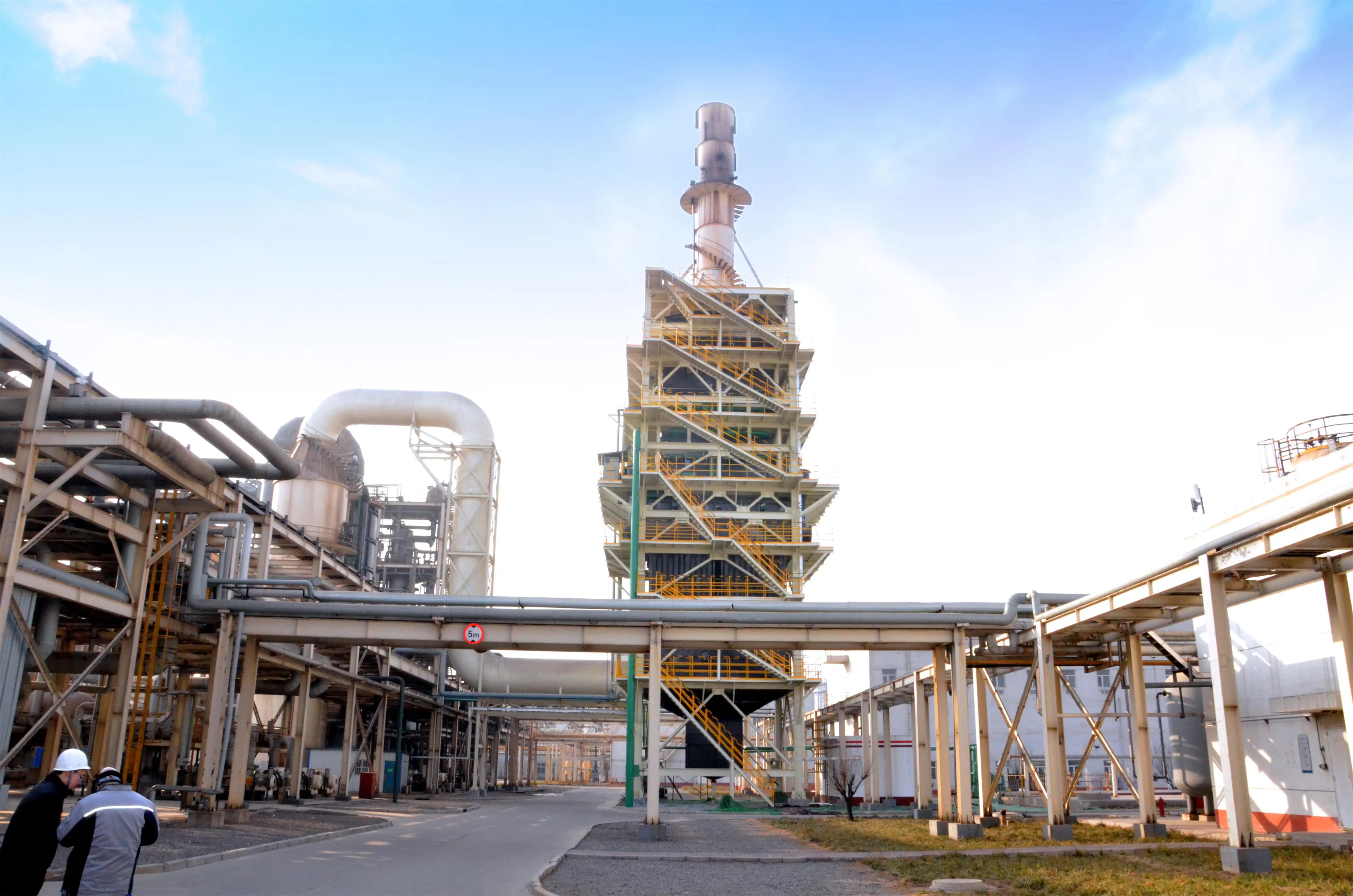Smog is an example of serious air pollution. We have a deep understanding of the inconvenience brought by smog to our lives. It is not only a problem of travel safety, but also seriously affects our health. An important reason for the formation of smog is the emission of “colored smoke plumes”, so the management of “colored smoke plumes” is the key to haze control, and it is necessary to pay attention to the whitening of smoke.

Dr. He Ping commented on the main haze control measures adopted in 2017, including expanding the scope of ultra-clean emissions, managing scattered pollution, environmental inspections, shutting down or off-peak production, converting coal to gas, and managing “colored plumes”, etc., in order to improve emission standards. , to promote ultra-clean emissions, manage scattered pollution, shut down particularly polluting factories, manage hopeless factories, and environmental inspectors directly dispatched by the center to ensure the implementation of policies, etc., and gain an active role.

The cost of shutting down or staggered production is too high. Once the blast furnace of the steel mill is turned on and off, the loss will be hundreds of millions. This method can only be understood as a temporary solution and cannot be continued. The “coal-to-gas” strategy has gone too far and demand has slowed. The real way to directly target the smog is to manage “colored plumes”, which are currently only carried out in some areas such as Zhejiang, Shanghai, Tianjin, and Tangshan.
Dr. He Ping also explained why the management of “colored plumes” is the key to haze management. The so-called “colored plume” is the white wet flue gas emitted by most coal-fired power plants, steel plants, heating boilers, etc. after wet desulfurization. The wet flue gas contains a large amount of fine coal ash, ammonium sulfate, sulfuric acid. Ultrafine particles such as calcium and calcium nitrate, etc., directly become PM 2.5 in the air. In the static and stable air, these wet fumes further adsorb pollutants emitted by factories and automobiles. Through a series of physical and chemical reactions, “moisture absorption increases” and new secondary particulate matter occurs, which leads to a sharp deterioration of air quality and constitutes a severe haze.
The widely used wet desulfurization process discharges 200,000 tons of water vapor into the air every hour, accounting for 80% of the artificially discharged water. Therefore, the key to haze management is to reduce the humidity in these flue gases, and to perform “dehumidification and whitening” on the “colored plumes” from desulfurization, so as to reduce the moisture discharged into the air, and at the same time reduce the ultra-fine particles discharged with the flue gas. particulates. Now there are a series of “dehumidification and whitening” technologies, including dry method, sodium method, flue gas waste heat recovery, spray dehumidification, etc., which are being used in the transformation of coal-fired boilers in some cities.
Post time: Apr-07-2022
